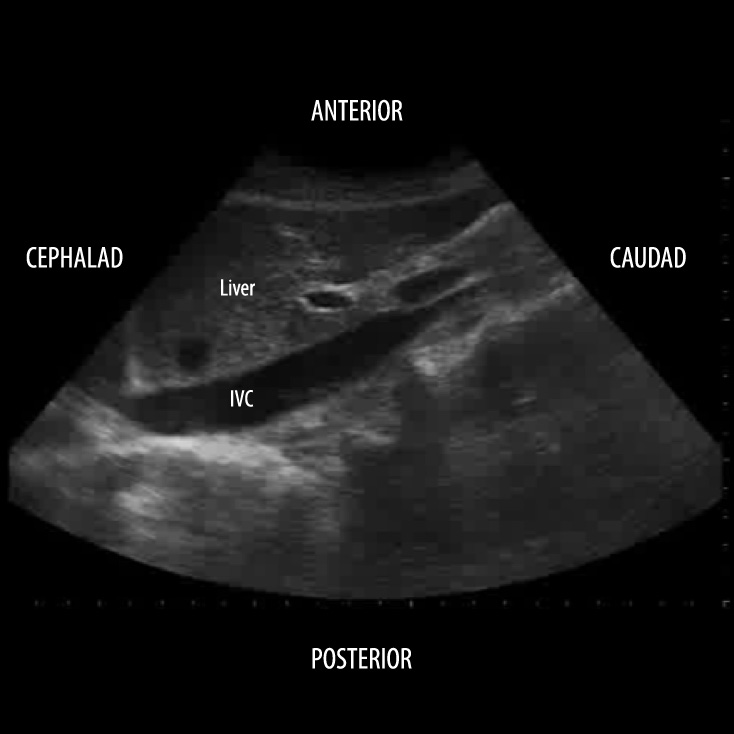IVC Meta-Analysis Analyzed
One of the most interesting and controversial areas of POCUS/EDE is the IVC scan. In fact, it’s soooo controversial that I have have edited the PowerPoint for the course for each of the last 4 courses! Pierre Collin and I are alter-egos for IVC (I do the lecture in English and Pierre handles IVC in French). We keep batting around ideas on email and at the course. Master Knobologist, Ben Ho is always happy to tell us that we haven’t got it quite right yet! And the research articles just keep coming. Here is one that I presented at Journal Club last week at NOSM-Sudbury.
EDEfied summary (I’ll spare you the full JAMA version that I did at JC):
The question asked was: “… with the hypothesis that the change in IVC diameter as measured by bedside ultrasonography performs well in predicting fluid responsiveness in critically ill patients.”
Studies were included if they:
– assessed the diagnostic accuracy of a change in the size of the inferior vena cava, as measured using bedside ultrasound, for predicting fluid responsiveness
– the reference standard used for fluid responsiveness was defined as an increase in stroke volume index, cardiac output or cardiac index
– the patients received a fluid bolus. This fluid bolus could be in the form of normal saline, plasma, starch or similar substance, or passive leg raising.
Studies were excluded if:
– the reference standard was central venous pressure or right atrial pressure
– no assessment of diagnostic accuracy
Some sticky issues:
– primary studies included intubated patients or unintubated patients or both [kind of an apples and oranges mixing]
– primary studies could include adults and children
– the criterion for a positive IVC scan was different among the included primary studies. The range was from a 12% to a 40% cutoff for a change in IVC diameter as defining a postive scan [pretty wide range]. In other words, one primary study considered an IVC scan to be positive if the diameter changed by at least 12% with respiration. At the other end of the extreme, one of the studies considered that a change in IVC diameter of at least 40% was required to call the scan positive.
– a Quadas protocol was used, but there were some things not accounted for. It is unclear how the IVC scan was performed in the primary studies. Did they use the longitudinal or transverse plane? Did they ensure that they scanned the IVC at its maximal size? What was the experience of the physicians doing the scan? What was the cut-off for the reference standard for fluid responsiveness?
The Results
– 275 citations were initially identified; 235 citations were excluded based on review of the title and abstract
– the authors reviewed the full text of 40 citations; 32 citations were excluded, 21 of which were excluded because they used filling pressure as the reference standard to evaluate volume status
– all small studies
– the pooled sensitivity and specificity for the overall population was 76% (95% confidence interval: 0.61-0.86) and 86% (95% confidence interval: 0.69-0.95), respectively
– the authors state that the IVC scan performed better in patients on mechanical ventilation than in spontaneously breathing patients (diagnostic odds ratio: 30.8 versus 13.2), but I think it’s difficult to make this conclusion with only 2 of the primary studies enrolling spontaneously breathing patients.
– the forest plot and the AUROC suggest a fair bit of heterogeneity
The Last Wave
– this study suggests that the IVC scan can be used as one data point to assess fluid responsiveness or fluid tolerance in intubated patients who are in some degree of shock. This is a change from what we taught at EDE 2 in the past when we collectively knew less about the utility of the IVC scan in the intubated patient. Not sure I would conclude much regarding the unintubated patient from this meta-analysis.
– the IVC scan is not a perfect test given the sensitivity and specificity that has been found. It is most useful when it yields a result at the extremes: obvious collapse (greater than 30%; or an increase in diameter by 30% with positive-pressure inspiration) for a positive scan OR minimal to no change for negative scan. Use multiple data points to assess fluid status, including bedside ultrasound to look for systolic dysfunction or an empty left ventricle, as well is looking for interstitial edema (B lines).








Could not agree more with the above analysis of the meta-analysis.
This in my opinion must encourage us (IVC diameter/variability measuring enthusiasts) to conduct a better study that has a well defined protocol and comparing it with one of the established tools that help determining the fluid status of the critically ill patient like a PiCCO or a PA catheter.